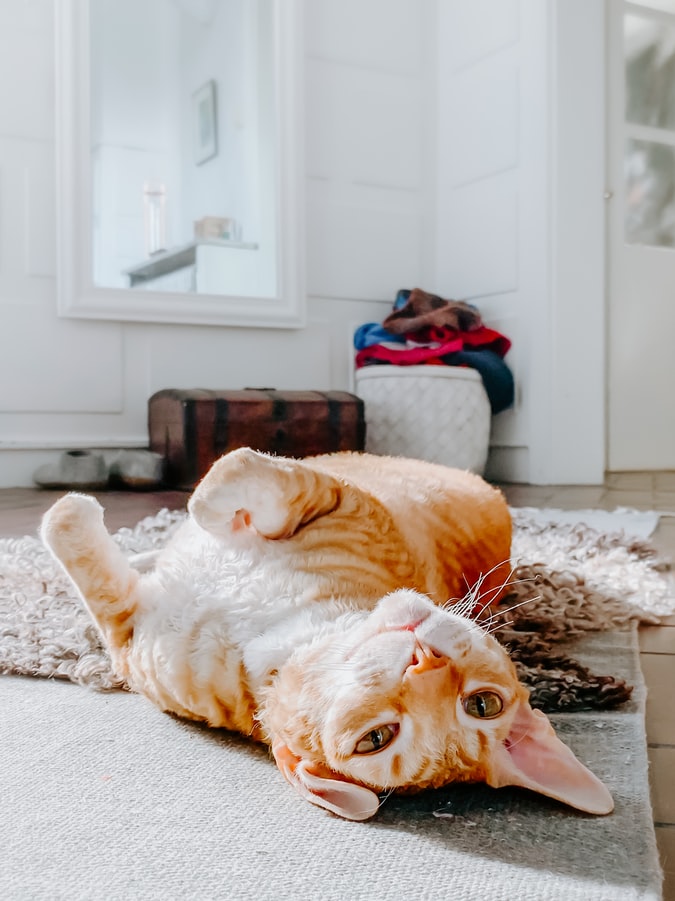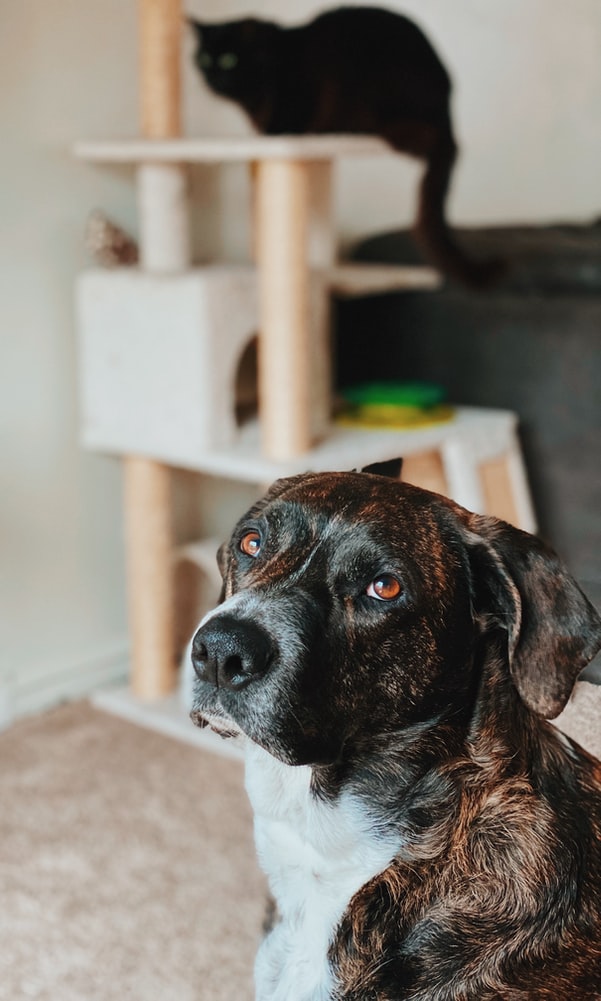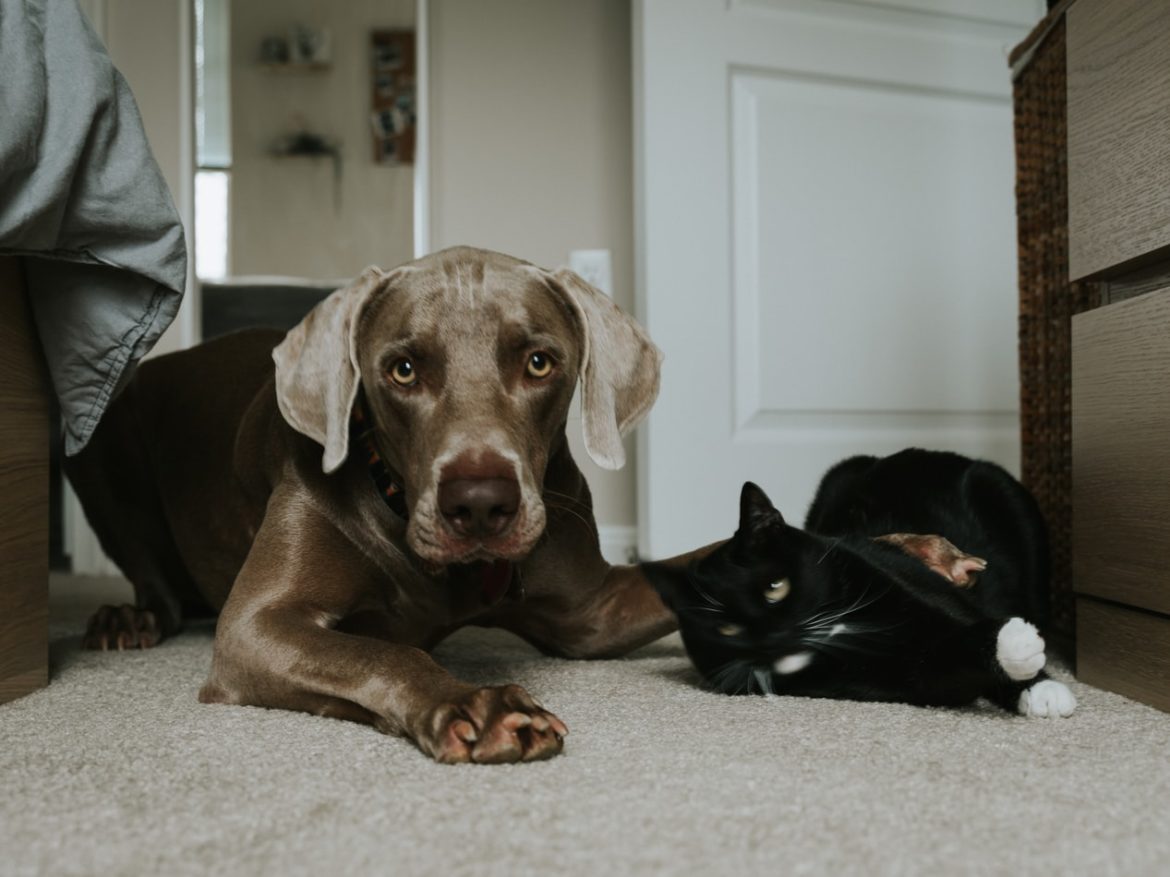Pets: Help pets- dogs and cats- cope with separation anxiety when humans return to work.
“There could be problems with sudden changes in routine.”
The following written content by Lori M. Teller, Texas A&M University

(CNN)When one of my co-workers found out about a tiny, orphaned kitten that needed a home a few months ago, he didn’t hesitate to adopt it. He says his new companion helped make the months of Covid-19 isolation at home much less stressful.
He is not alone. Animal shelters and breeders across the country have reported record numbers of dog and cat adoptions in recent months.
But after my co-worker returned to work, he says his adorable kitten started urinating on the kitchen counter while he was away.
Another friend is worried about how her dog will react when she returns to the office. Her big, goofy Labrador retriever follows her everywhere, even to the bathroom. When she leaves to run a quick errand, the dog sits by the back door and whines, awaiting her return.
What should these pet owners do?
The problem with sudden changes in routine
A change in routine, such as suddenly being alone for many hours every day, is a major cause of separation anxiety for both dogs and cats.

Separation anxiety is more than a little whimpering when you head out the door. It’s major, unwanted behavior that happens every time you leave or are away.
For dogs and cats, this can mean excessive pacing, barking or howling, whimpering or self-grooming as you get ready to leave. In some cases it can mean urinating or defecating around the house, often in places where scents linger, such as on bedding or rugs, or destroying household items in your absence. Extreme clinginess or neediness is another symptom.
Separation anxiety won’t go away on its own, and it can be difficult to get rid of entirely. But there are ways to manage it. As a clinical veterinarian and professor, I am often asked to help people find ways to ease their pets’ anxiety.





